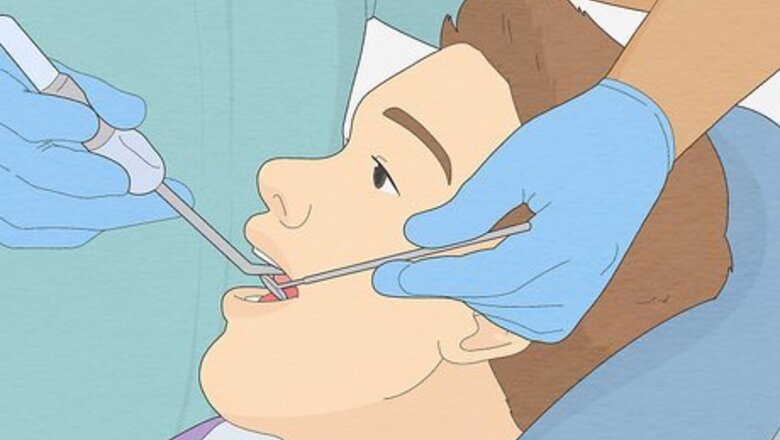
views
X
Expert Source
Tu Anh Vu, DMDBoard Certified Dentist
Expert Interview. 20 May 2020.
You can reduce and reverse tooth decay and other dental problems like gingivitis and periodontitis by making changes to your diet and dental habits.
Practicing Good Dental Hygiene
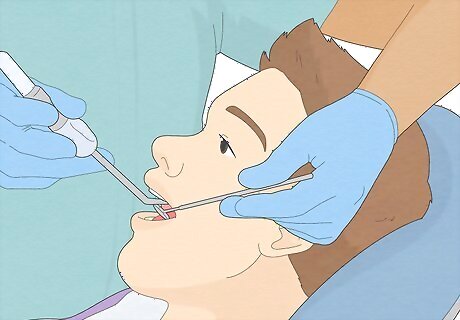
See your dentist for a cleaning. You should see your dentist at least twice a year if you don't have dental issues, like gingivitis. Your dentist and dental hygienist will deep clean your teeth, taking care to deep clean the pockets that otherwise can't be cleaned by brushing or flossing. Calculus gets under the gums creating a constant deposit of aggressive bacteria, which leads to inflamed gums, gum recession and bone loss. If you have gingivitis or periodontitis, talk with your dentist about getting more frequent cleanings.
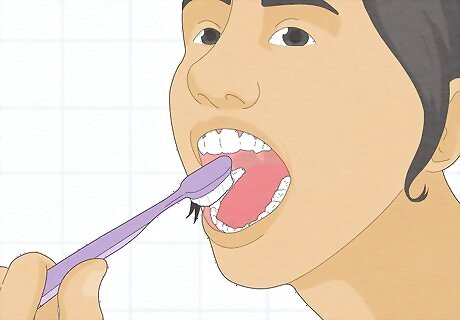
Brush your teeth correctly. Take a toothbrush with soft bristles and set it against your gums at a 45-degree angle. Brush the outer surfaces, inner surfaces, and chewing surfaces of your teeth using small short strokes. Brush each surface about 10 times using gentle pressure. Don't forget to hold the brush vertically and brush up-and-down to clean the inside surfaces of your front teeth. Brush your tongue, spit out the toothpaste, and leave the foam in your mouth without rinsing. Brush your teeth and tongue with a tartar-control toothpaste at least twice a day. Leaving the toothbrush foam on your teeth gives the minerals some time to be absorbed into your teeth, especially if you use a fluoride toothpaste which has more than 1200ppm.
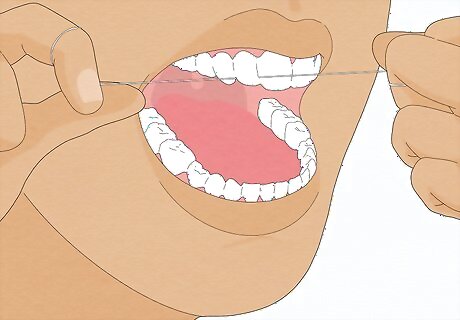
Floss daily. Unwind about 18 inches of dental floss and wind most of it around the middle finger of one hand with the rest around the middle finger of your other hand. Firmly hold the floss between your thumb and forefinger. Guide the floss between each tooth, gently using a back and forth and side to side motion to gently move the floss between your teeth without causing it to snap. Be sure to rub each side of each tooth before unwinding more floss and moving to the next tooth. Or, you can use a "water pick" (a handheld device that steadily sprays water between your teeth and gums). Consider using a "water pick" if you don't like flossing, have braces, have bridges, or can't floss. Fill it with a 50:50 solution of mouthwash and water to increase the antibacterial protection.
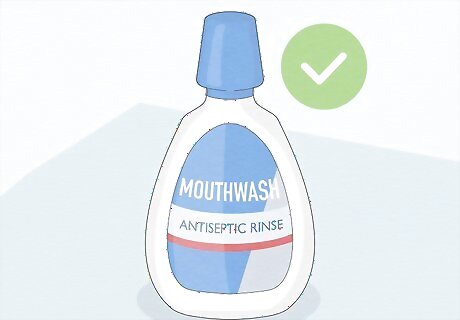
Use antibiotics or antiseptic rinses. Your dentist might prescribe one of these to use daily if you have gum disease. You may need to take oral antibiotics like low-dose doxycycline to control bacteria that damages the gums, which may last for up to three months. Or, your dentist could recommend that you use an antimicrobial rinse as a mouthwash. You may be told to place antiseptic chips or gel packets in the deep pockets between your gums and teeth. If you are not too handy ask a member of your household to help you, or schedule an appointment with your dentist. These can control harmful bacteria.
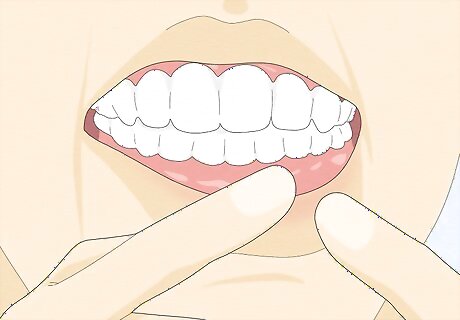
Use herbs to massage your gums. Natural anti-inflammatory herbs and oils can treat bacteria, reducing gum inflammation. Try gently massaging your gums with one of these to get the following benefits: Turmeric: anti-inflammatory, antioxidant, antibiotic. Aloe Vera: anti-inflammatory, which is good for those who suffer from gingivitis or periodontis. Mustard oil: antibiotic, anti-inflammatory. Peppermint oil: antibiotic, anti-inflammatory, breath freshener. Oregano oil: antibiotic, immune-booster. Amla (Indian gooseberry): anti-inflammatory, antioxidants, high levels of vitamin C. Sea salt: prevents bacterial growth and tightens gums around the teeth.
Reducing and Reversing Tooth Decay Through Diet
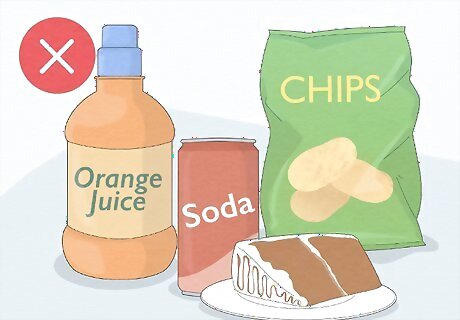
Limit sugars and processed starches. Bacteria feeds off of sugar, so reduce your sugar intake to keep bacteria from thriving. Avoid processed and pre-packaged foods, and sweetened drinks. Read labels and avoid the product if sugar, high-fructose corn syrup, cane syrup, or another sweetener is listed as one of the top five ingredients. Reduce or avoid the following, which can have an even worse effect if you are consuming more than one of these items on a regular basis: Pre-packaged snacks, crackers, chips. Breads or cakes. Soda, fruit drinks, sweet tea.
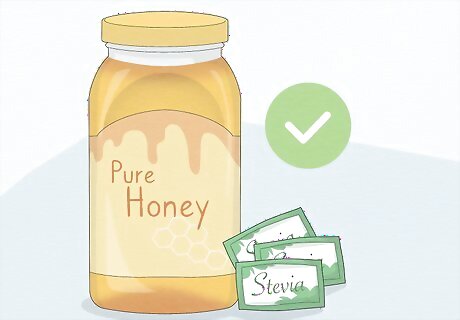
Use honey or stevia in place of sugar. When you do eat something sweet, use honey which has antibacterial properties and stevia. Stevia is an herb that is 200 times sweeter than sugar and has no calories. Avoid using artificial sweeteners like aspartame which can cause glucose intolerance (prediabetes) by changing the balance of your gut bacteria.
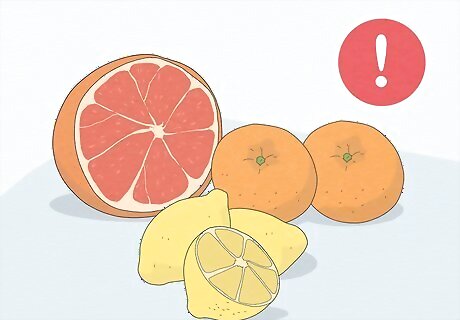
Pay attention to the amount of citrus you eat. Eat citrus fruits in moderation and be sure to rinse out your mouth with water and never brush immediately after eating. This will decrease the amount of acid in your mouth. The natural sugars in fruit, fructose, don't feed bacteria and are not found in high levels in fresh fruit like apples, pears, or peaches. Don't be afraid to eat fresh fruits.
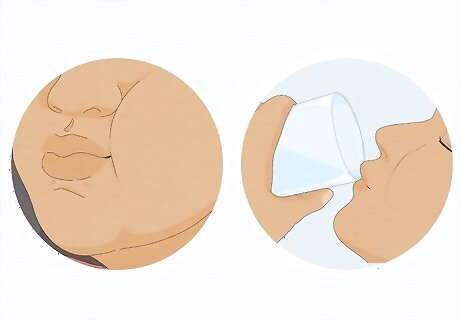
Chew your meals slowly and drink water. Take the time to chew each bite completely so that your mouth produces saliva. Saliva can naturally remineralize your teeth during meals and the more you chew the more saliva will be released. You should also drink 6 to 8 eight-ounce glasses of pure water a day. You don't need to drink mineral water; get your minerals from your diet instead. It's fine to drink well or tap water, which contain minerals unique to your area. Tap water in much of the US is treated with fluoride to help prevent tooth decay. Though many people choose bottled water over tap water, most bottled water does not have much (if any) fluoride. If your water is "de-ionized, purified, demineralized, or distilled," then any naturally occurring fluoride has been removed. Drinking water is simply a way to stay hydrated without ingesting substances that damage your teeth. If you eat sour acidic foods, chew even slower to increase the amount of saliva you make.
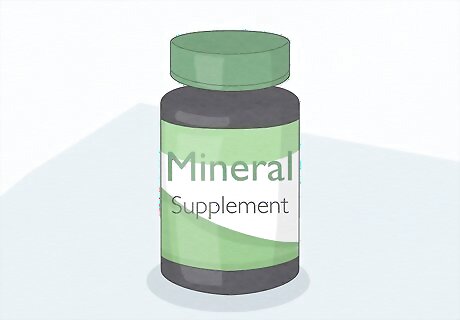
Take a mineral supplement. Your multivitamin should contain minerals, especially calcium and magnesium. Magnesium is important in preventing calcium loss, which can weaken your bones and teeth. Try to get at least 1000 mg of calcium and 300 to 400 mg of magnesium every day if you do not consume products such as milk, cheese or yogurt. Otherwise you will have an increased rate of calculus deposits. If you're a man over 71 or a woman over 51, try to get 1200 mg of calcium every day. Children taking children's vitamins have different magnesium needs. From birth to 3 years old, they need 40 to 80 mg a day; for kids between three and six years old, they need 120 mg a day; and for kids up to 10 years old, they need 170 mg a day.
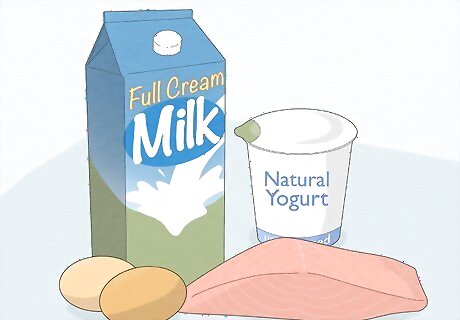
Get more vitamin D. Vitamin D and calcium work together to strengthen your bones and teeth. Vitamin D can also help destroy bacteria that causes dental decay. Try to get about 600 IU (international units) of vitamin D every day. Adults over 70 years should bet 800 IU every day. Or, you can spend about 10–15 minutes every third day in the afternoon sun without sunscreen. Expose your arms, legs, and back, if you can. To get vitamin D from your diet eat foods rich in vitamin D. These include: Fish (salmon, snapper, whitefish, mackerel). Soymilk fortified with vitamin D. Coconut milk. Cow's milk. Eggs. Yogurt.




















Comments
0 comment